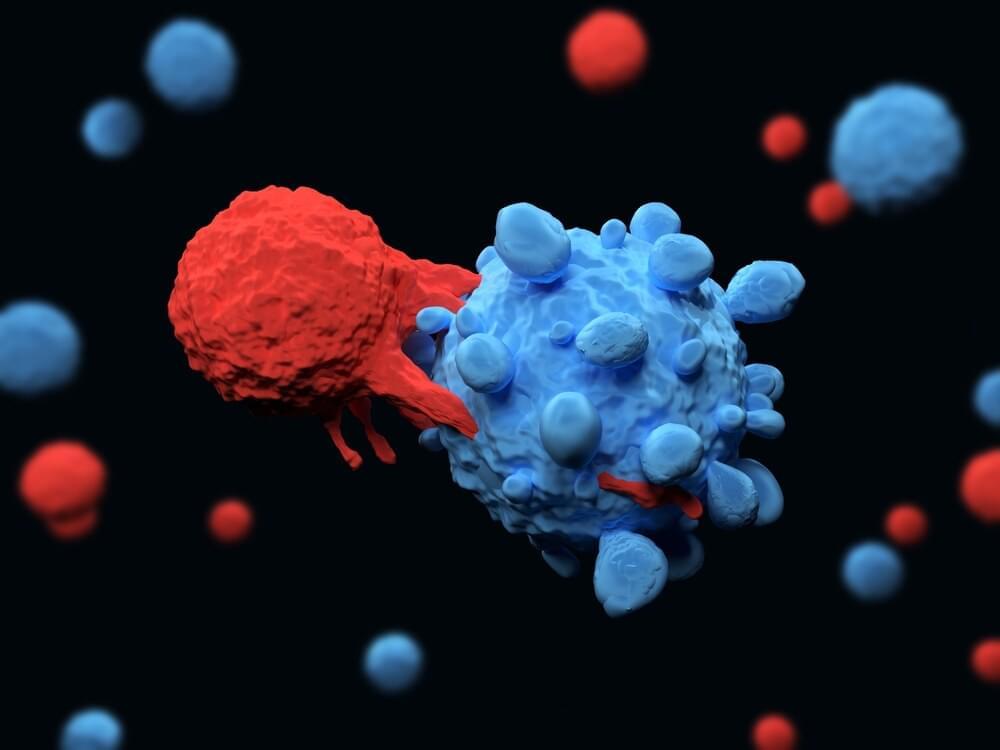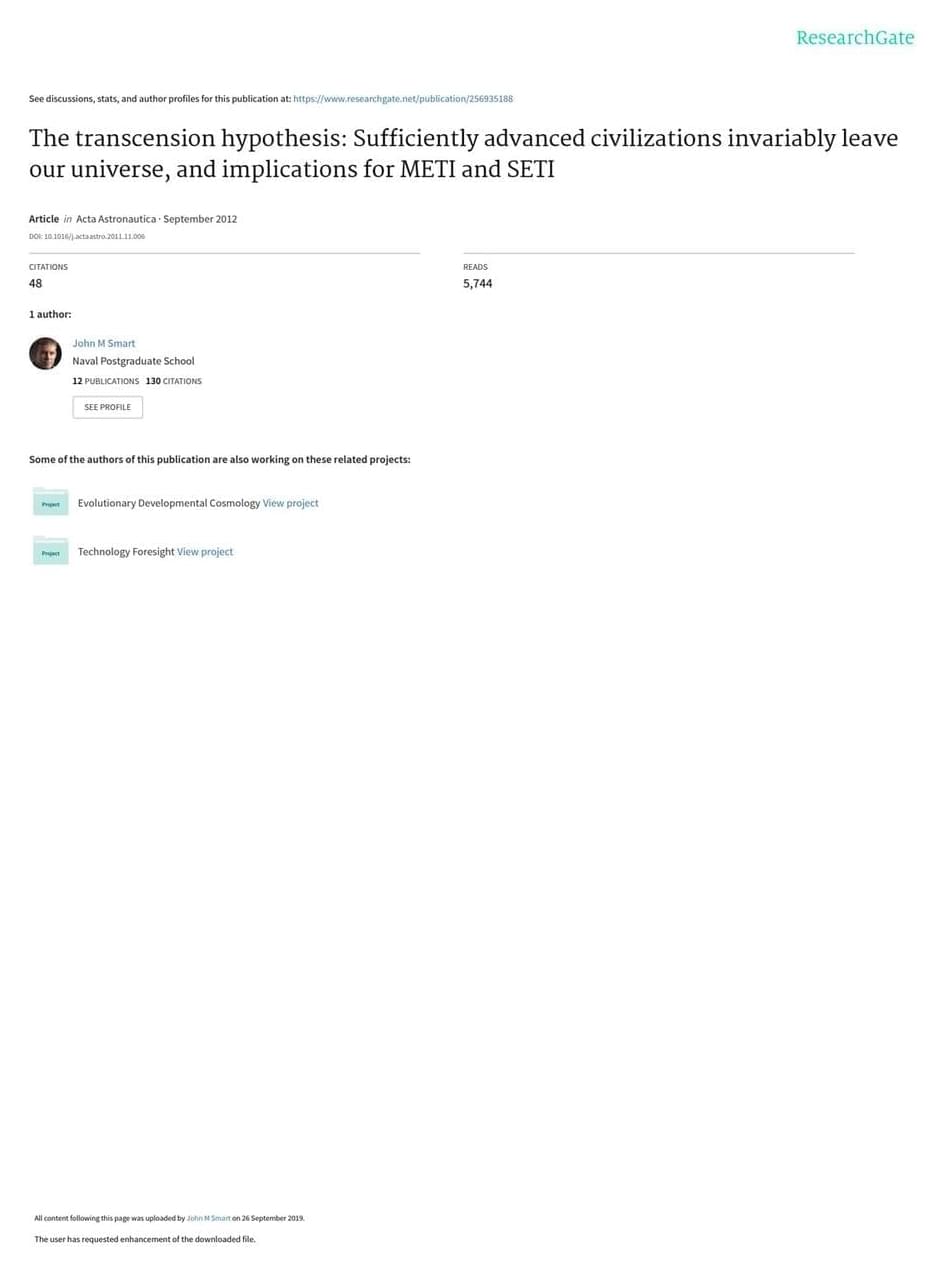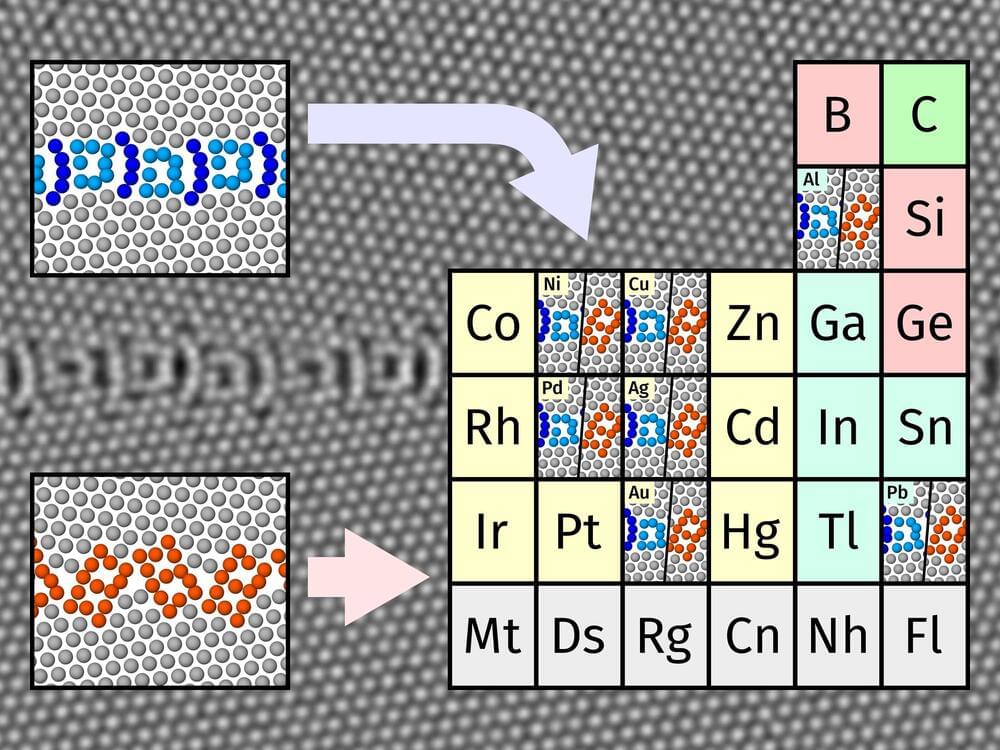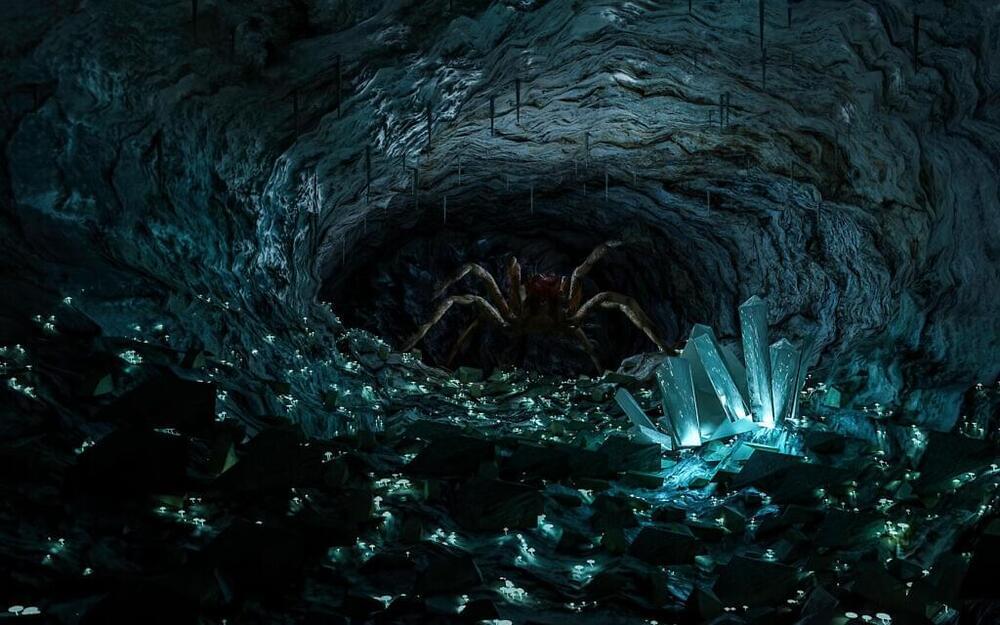
On Wednesday, Qualcomm (NASDAQ: QCOM) unveiled the semiconductor industry’s first advanced-ready 5G modem-RF chip that can be used not only in smartphones, but mixed reality headsets, 5G networks and other areas.
Led by CEO Cristiano Amon, Qualcomm (QCOM) said the Snapdragon X75 5G Modem-RF chip utilizes artificial intelligence thats two-and-a-half times faster than previous AI used and better software to bring faster connections to devices, while also allowing them to get better signal strength, data speed and coverage.
Qualcomm (QCOM) added that the chips can also be used in vehicles, an increasing component of the company’s business, as well as PCs, factories and fixed wireless access networks.








